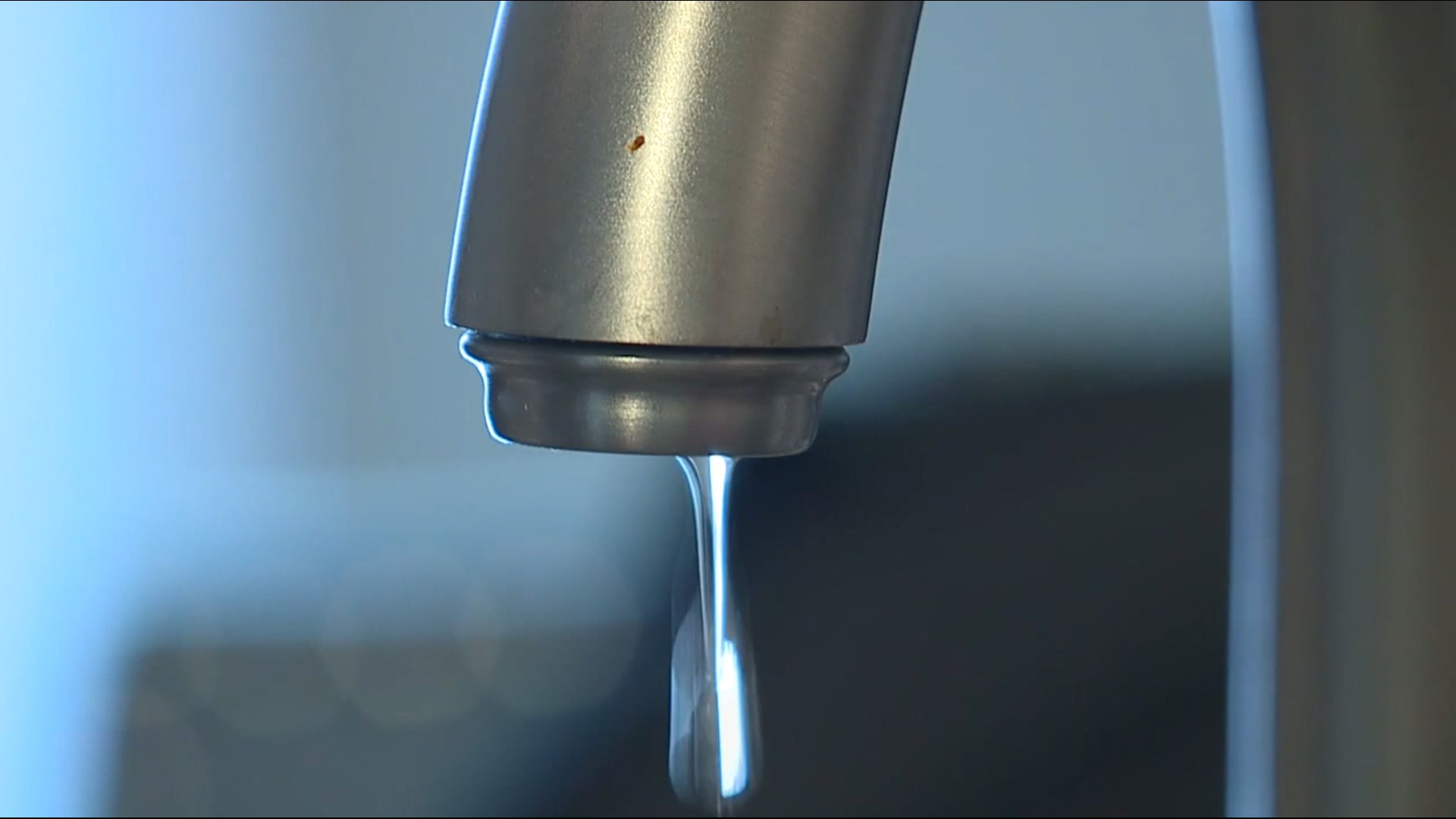HARRISBURG, Pa. — The Pennsylvania Department of Environmental Protection set new caps on two types of PFAS, also known as “forever chemicals,” in drinking water.
Hundreds of chemicals fall under the umbrella of PFAS. The slippery molecules in PFAS are used in non-stick pans, stain-resistant clothes and cosmetics, among many other consumer items.
Growing evidence shows high PFAS levels in human tissue can lead to health problems like infertility and increased risk for some types of cancer.
The new limits are 14 parts per trillion (PPT) for PFOA and 18 PPT for PFOS. That is still 350 times the EPA’s recommended limit of 0.04 PPT for PFOA and 900 times their recommended limit of 0.02 PPT for PFOS.
Environmental groups cheered the change.
“Pennsylvania has regulations for PFOAS and PFOS. It’s a great start. In time I think we’re going to see more regulations come out,” said Ted Evgeniadis, executive director of Lower Susquehanna Riverkeeper.
Filtering PFAS out of drinking water is relatively simple through processes like activated carbon or reverse osmosis.
But drinking water isn’t the only water that has been contaminated.
Lower Susquehanna Riverkeeper has been testing bodies of water in South Central Pennsylvania for several years. Samples taken in June from Kreutz Creek, which feeds into the Susquehanna River, showed alarmingly high PFAS levels: PFOAS at 847 PPT, PFOS at 374.3 PPT and 25 other PFAS compounds at high levels.
High levels of PFAS are a problem for the nearly 1,000,000 anglers who buy a fishing license each year in Pennsylvania.
Fish higher up in the food chain tend to absorb higher levels of PFAS, as well as mercury and other heavy metals.
The Pa. Fish and Boat Commission publishes a list of fish consumption advisories in bodies of water known to contain high levels of certain pollutants. The only current advisory for PFAS is Neshaminy Creek in Montgomery and Bucks Counties.
For anglers who want to eat their catches, hatchery-grown fish are the safest options, according to officials.
“The fish that you’re catching are mostly all coming from our state fish hatcheries. These are very controlled environments. The waters are tested very frequently and they probably are the safest fish in the state to eat,” said Mike Parker of the Fish and Boat Commission.

